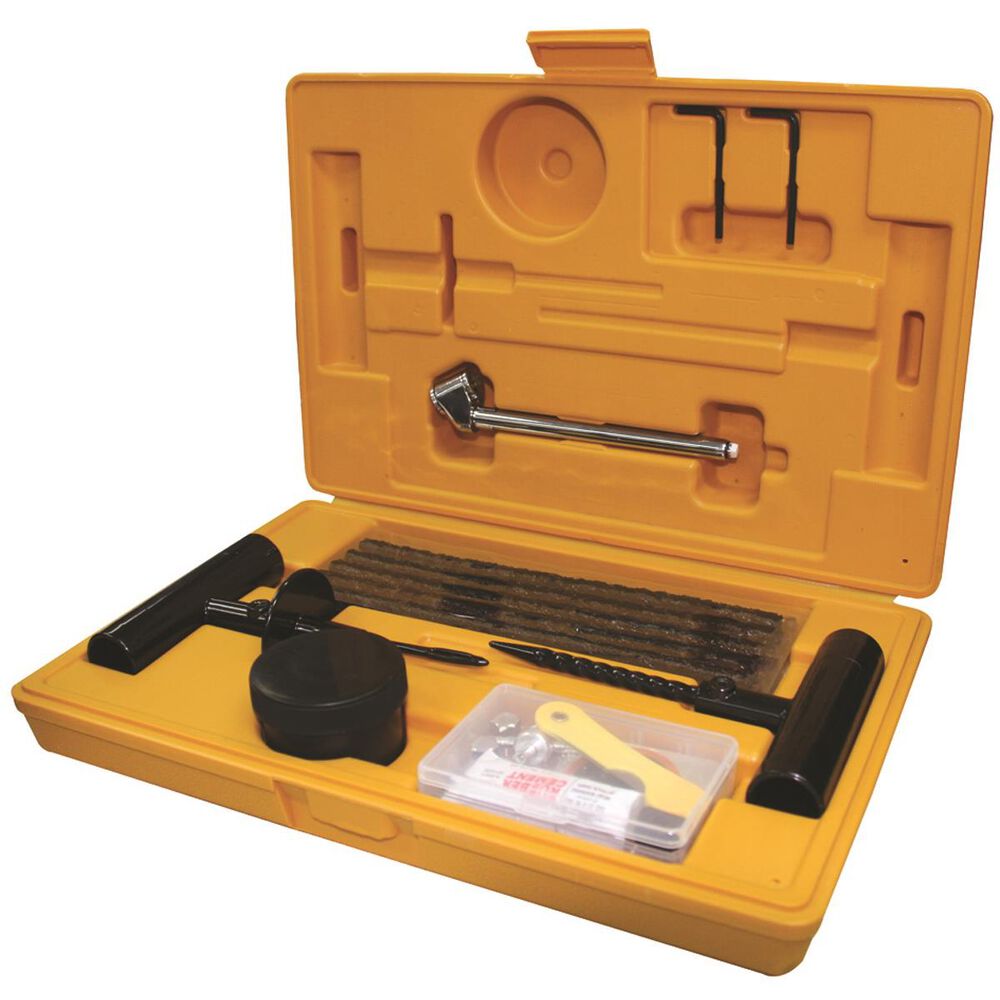Does anyone have recommendations for puncture repairs on the road and outside the service area?
Puncture kits or ones that use a liquid to seal the puncture like this one?
AirMan ResQ Pro+ Tire Repair Kit on Amazon.
After almost five years of ownership of my Tesla Model 3, I got my first flat tire last Saturday by 7 pm while on a road trip.
While I having often being annoyed all that time by the presence of my spare tire taking extra room in my trunk,
but I cannot tell you how much I was relieved to have a spare tire and then to be able to fix my tire and put it back,
considering how much this vacation could have been ruined otherwise since I was far away of any repair shop.
Beside a spare tire, you also need to have all the following accessories:
- Scissor Jack 2-Ton ( because the car is quite heavy you really need to have two scissor jacks to lift little by little at the front and the rear )
- Set of 4 Hockey Puck ( to protect damaging your lifting points )
- Extra long lug wrench ( the lug are quite difficult to unscrew because of the high factory torque value )
- Torque wrench ( Tesla recommends a torque of 129 lb. ft (175 Nm) for all Tesla wheel nuts )
- Tire puncture kit ( You cannot use a tire sealant repair bottle spray if you have tires with foam insulation)
- Tire air pump ( I don't have an electric one, but I used my bicycle high pressure floor pump )
- Digital Tire Pressure Gauge and a Tire Tread Depth Gauge ( to check for abnormal worn out from bad alignment )
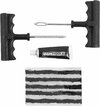
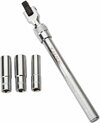
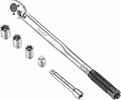
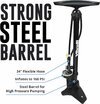
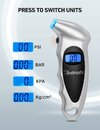
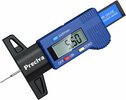
I never used a Tire puncture kit before, but the provided instructions were very clear and quite wimple.
The little trick is to insert the sticky string, that you covered with sealant, without rotating the handle otherwise you could break it.
And then when the string is inserted inside the tire, you need to wait a little bit, so the sealant takes effect,
and then you quickly remove the plug so the string get cut in the middle and stays inside.
I have the original Continental ProContact tires with noise reduction foam and I didn't have any issue using the tire puncture kit.
I don't have an electric tire air pressure pump but my bicycle high pressure floor pump got the job down perfectly.
The pump was really needed because my spare tire pressure was very low since I never tested it for the past five years.
Also the pump helped me localizing the puncture, and then was needed to inflate my tire to the recommended pressure.









